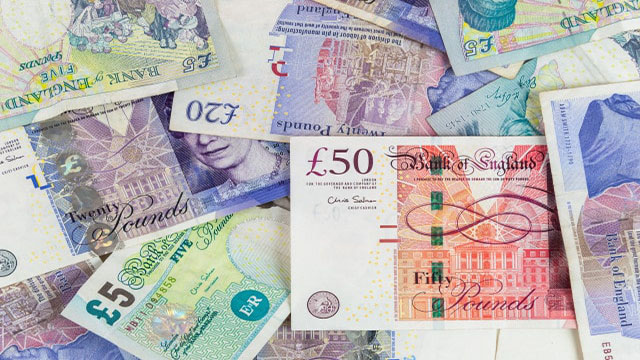
 1238
1238
GBP/USD Faces Bearish Pressure Despite BoE’s Hawkish Tone
The GBP/USD currency pair experiences a slight dip on Friday, influenced by renewed buying interest in the US dollar. Although the Bank of England’s (BoE) hawkish stance offers some support to the British pound, the technical indicators suggest a more bearish outlook in the short term. Currently, the pair hovers around the 1.2960 – 1.2965 range, reflecting a 0.15% decline in the face of a modest uptick in the USD.
The BoE has expressed concerns over the recently announced Autumn Budget, noting that it could exacerbate inflationary pressures. This development suggests that the central bank may proceed cautiously regarding potential interest rate cuts in 2025. In contrast, the Federal Reserve has not indicated intentions to pause rate cuts imminently, which has contributed to a decline in US Treasury bond yields. This situation could limit aggressive moves by dollar bulls, indirectly lending support to the GBP/USD.
From a technical standpoint, the price action observed over the last three weeks appears to represent a bearish consolidation phase, especially following the pullback from its highest level since February 2022. The recent inability to sustain momentum from a near three-month low around 1.2835 reinforces a bearish trajectory for the pair. Notably, oscillators on the daily chart remain in negative territory, further suggesting downward pressure.
For traders, an important threshold to watch is the 1.2900 level. A sustained break below this level could signal a shift towards the 200-day Simple Moving Average, currently near 1.2815. Should this support level be breached, the pair may further decline towards the psychological figure of 1.2800 and subsequently target the 1.2765 level before reaching as low as 1.2665.
Conversely, bullish traders should monitor the 1.3000 psychological resistance level in conjunction with the 100-day SMA. If the pair manages to break through these barriers, it could rise towards the 1.3070 zone and potentially reclaim the 1.3100 mark, suggesting a shift in momentum and a reversal of the recent corrective decline.














